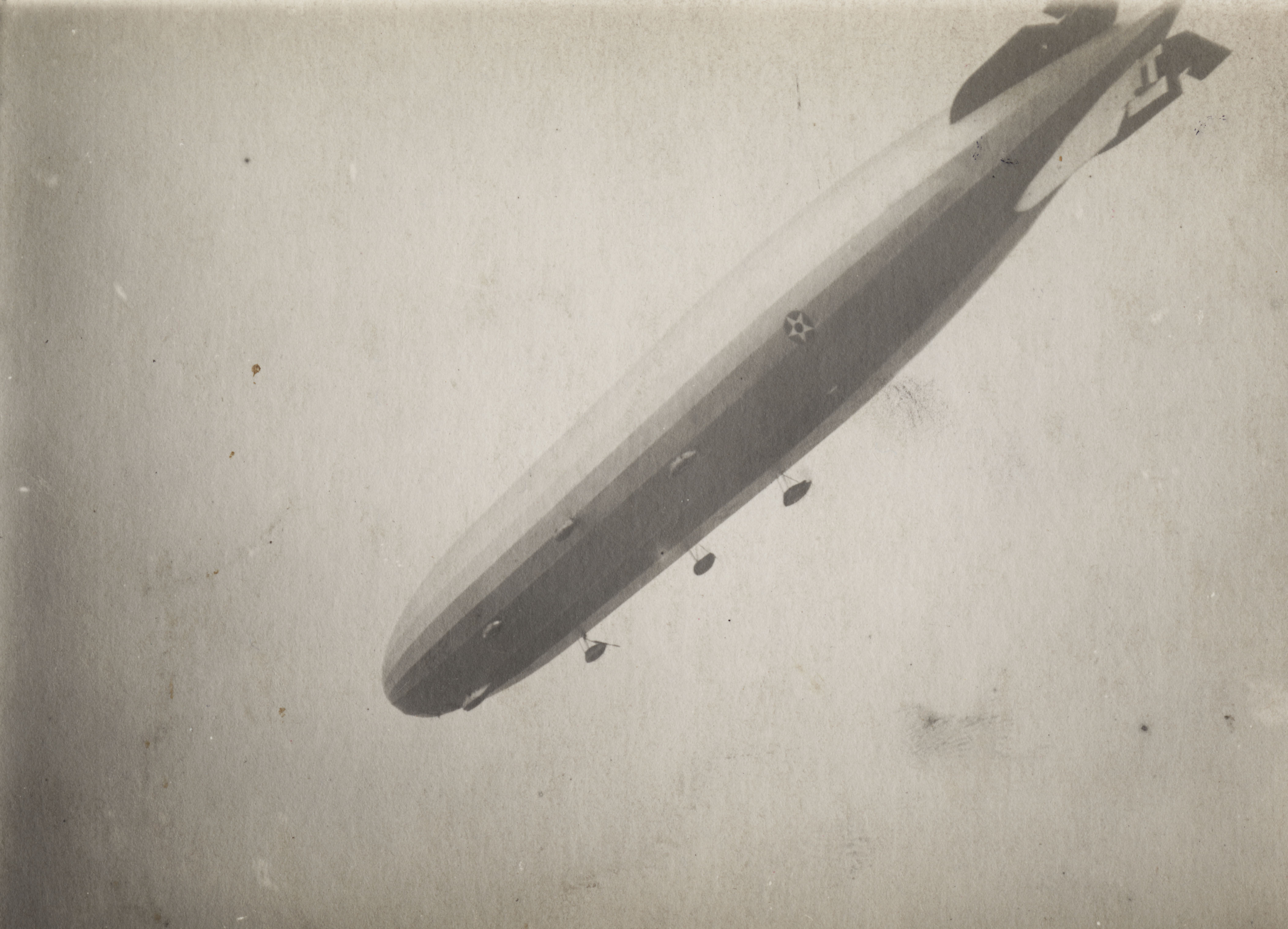Public Helps Shed New Light on Hull Airship Crash
A crowdsourcing project commissioned by Historic England to commemorate the upcoming 100th anniversary of the Hull airship crash has unearthed a wealth of fascinating contributions from the families of survivors, casualties and witnesses of the tragedy.
On 24 August 1921, airship R.38/ZR-2 exploded and crashed into the River Humber in front of thousands of onlookers in Hull, killing 44 of its 49-strong British and American crew.
The R.38/ZR-2 was built at Cardington in Bedfordshire, but was based at Howden, East Riding for its last test flights before being sold to the United States Navy.
While returning to Howden along the Humber, a final test of extreme movements to the airship’s steering to simulate the stresses of bad weather caused the light structure to break apart, resulting in catastrophe.
Through the Historic England-funded project, led by heritage consultancy Fjordr, a national public call-out went out in May for materials relating to this tragic episode in aviation history. Over the past few months, the project has received more than 30 contributions, which have been catalogued by volunteers from the Carnegie Heritage Centre in Hull. The submissions from across the UK include photographs, documents and memorabilia, which will form part of a new online collection about the crash and its victims.
Ian Simpson contacted the Carnegie Heritage Centre with documents relating to the death and commemoration of his great uncle, Richard Withington.
According to the family, Richard managed to parachute from the falling airship but drowned in the Humber as he could not swim. Ian’s documents include: the original telegram informing Richard’s parents of his death; the order of service from a Memorial Service held at Howden Church on 31 August 1921, and invitations to the unveiling of the R.38 Memorial at the Royal Aeronautical Society in London in June 1925.
Two people got in touch separately about Walter Potter, one of only five men to survive the crash.
Walter Potter’s granddaughter Sonia Potts recounted that his family had wanted him to leave the forces after his narrow escape, but he went on to crew the R.101 and was sadly killed when that airship crashed in France in October 1930. Potter’s great-niece Christine Moore sent over some photographs of him, including one at the 1924 dedication of the Grade II listed Memorial in Western Cemetery, Hull.
These contributions have helped to shed light on the human stories behind this century-old tragedy and reveal how family stories are passed on and kept alive through the generations.
Thanks to the contributors, these illuminating documents, photos and stories will provide a long-lasting public legacy.
Several people passed on family stories about the crash written down by their relatives.
Edwin Piercy passed on the recollections of John Piercy, who passed away in 1983. He had been playing football when he saw the airship split in two whilst it was turning. Like many, he ran to the Victoria Pier where he saw two of the survivors come ashore.
Valerie Wise shared a handwritten note from her father, G E Hatfield, who was 13 years old at the time and was also playing football in the street. He and his friends stopped to watch the airship overhead and then heard the explosion. G E Hatfield’s own father, George Hatfield, was Master of a Humber Conservancy vessel, which was first on the scene and took the bodies of two casualties aboard.
The Carnegie Heritage Centre was also contacted by several people with souvenirs from the crash.
Colin Crawforth from Lancashire owns a pair of candlesticks cast from aluminium salvaged from the airship. Colin was born in Hull and they were passed down to him from his grandfather. The candlesticks have the following details – R38/Z.R.2 AUG 24TH 1921 CA HILL & Co HULL – cast into their base.
Rob Woods from Kent sent photographs of a small wheel in a bracket that had been turned into a souvenir. This was handed down to him by his grandfather, William Woods, who lived in the Hessle Road area of Hull all his life. The wheel is mounted on a block of wood with a plaque that bears the inscription: R.38 AUG. 24 1921. The bracket is stamped ‘No. 1’ and is thought to have formed part of the controls used to navigate the airship.
The range of stories and items that people have brought to our attention is fantastic and often very touching. These personal connections underline the impact on the families of the crew, the spectacle that the airship presented over Hull, and the profound shock of the crash to those that witnessed it.
We are hugely grateful for people’s contributions to understanding the significance of R.38/ZR-2.





